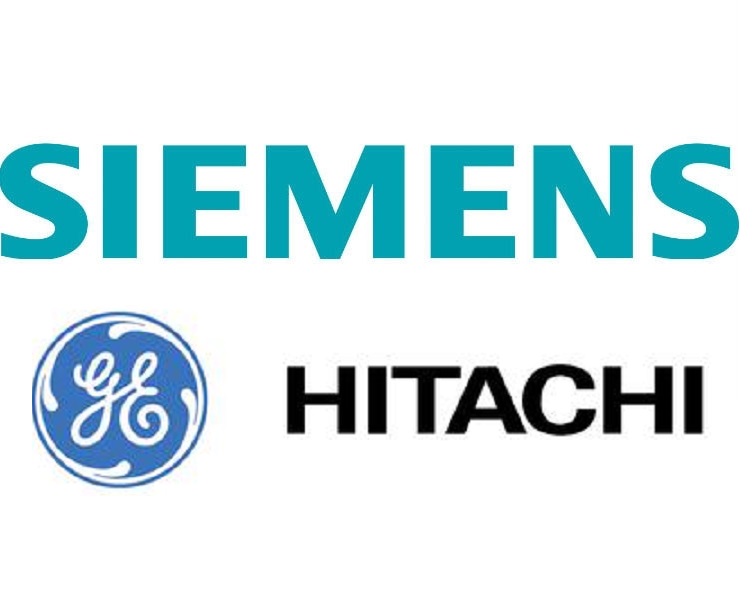Part 1 of 3 Parts
In 2017, Siemens achieved a milestone for the nuclear industry by 3D printing a part for an operating nuclear power reactor. The part has continued to function correctly and safely for years. This was an amazing achievement because of the strict safety and reliability requirements of the nuclear industry. Components in a nuclear power reactor must be robust, reliable, resistant to high temperatures and go through more regulatory and QA requirements than any other industry.
3D printing is also known as additive manufacture. It is an innovative technology that simplifies the manufacturing process because it can go directly from 3D computer models to the construction of physical parts. It reduces cost, improves quality and design flexibility, and eliminates conventional manufacturing limitations.
GE Hitachi Nuclear has been a very important pioneer in the field of 3D printing. They are able to irradiate a 3D printed component and compare it to a traditional part under a wide range of conditions.
Kurt Terrani is the technical director for the Oak Ridge Transformational Challenge Reactor program. Terrani and his team of physicists, engineers and computer scientists at the Oak Ridge National Laboratory (ORNL) are working on reviving an old type of computer. Designs for gas-cooled nuclear fission reactors have been around for decades. The new reactor that Terrani and his team are developing at the ORNL has a modern twist. It will be the first nuclear fission reactor that has a 3D-printed core.
Terrani says, “What we’re doing is trying to figure out a faster way to build a nuclear system that has superior performance. The goal is to fundamentally change the way we do nuclear.” The global nuclear industry has a well-deserved reputation for being very conservative and resistant to change. Terrani points out that all of the commercial nuclear fission power reactors being operated in the U.S. are based on technology that was developed more than fifty years ago. The mindset of the nuclear industry seems to be “if it ain’t broke, don’t fix it.”
The nuclear industry is famous for construction of new reactors being way over cost estimates and way behind schedules. Using fifty-year-old design concepts may be a safe way to proceed given the extreme complexity of nuclear reactors but it has stifled innovation in the industry. Terrani is concerned that if the nuclear industry does not start embracing new and advanced technologies, it will soon be obsolete and will be abandoned.
Of course, he does not advocate just building experimental nuclear reactors without a thorough understanding of the new technologies involved. One of the reasons that the construction of new nuclear power reactors is so expensive is that the cost of mistakes is huge. The terrible nuclear disasters at Chernobyl and Fukushima are examples of what may happen when mistakes are made in construction and/or operation of nuclear reactors. On the other hand, there are other high-risk industries which have adopted radical new technologies such as the aerospace industry. This industry produces entire rocket ships with new 3D printing technology. Most new reactor designs are not entirely new. They are usually modified designs of reactors that were built and operated decades ago. Terrani says, “The problem is we can’t build them fast and cheap enough.”
Please read Part 2 next
